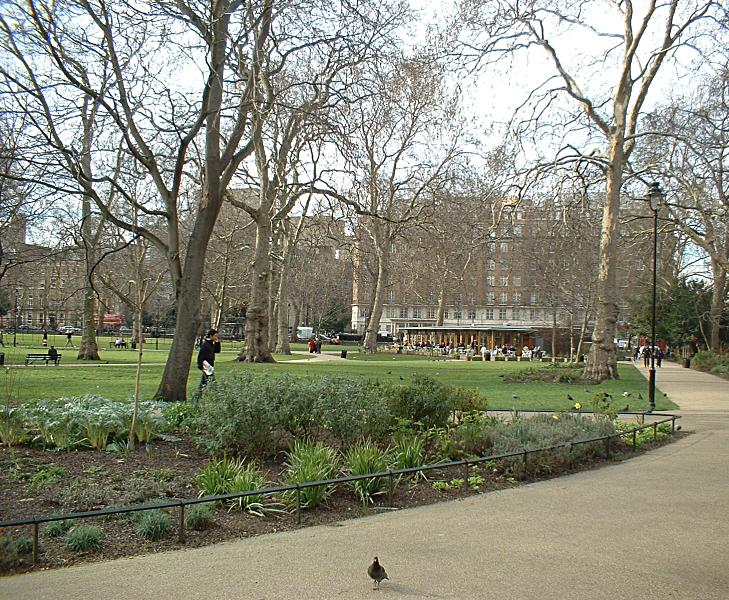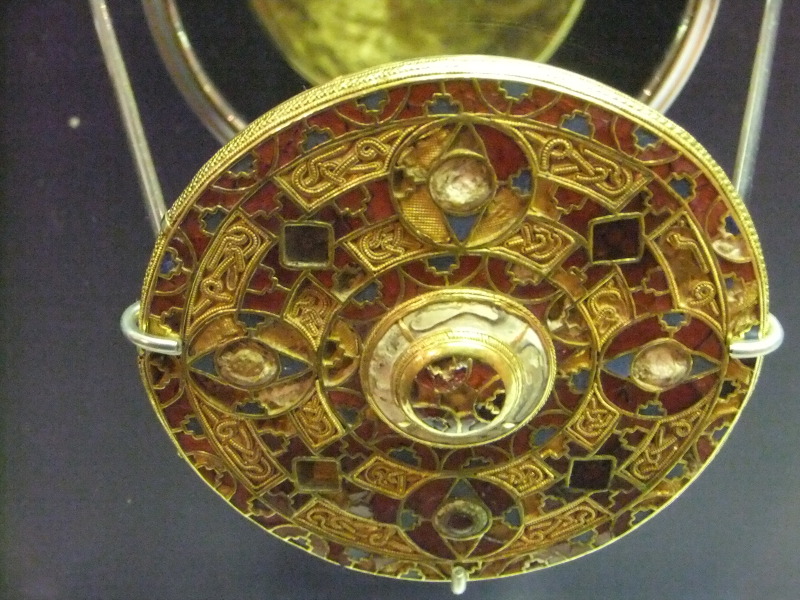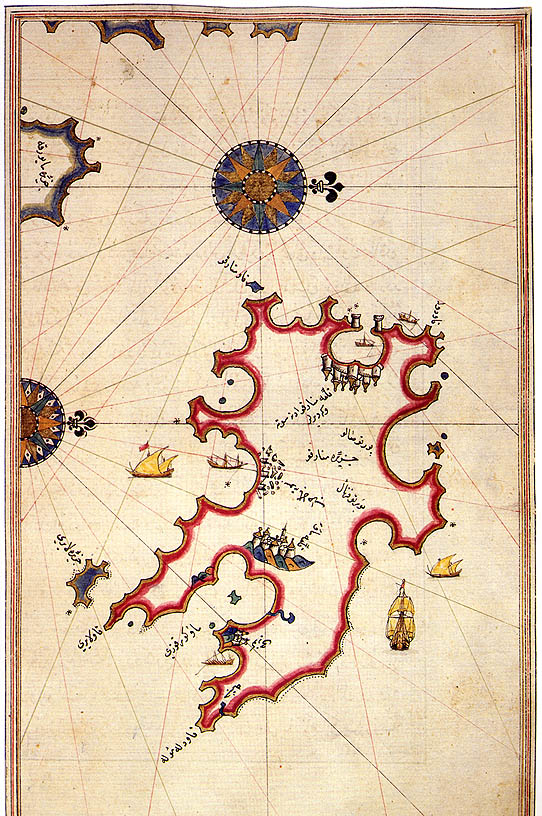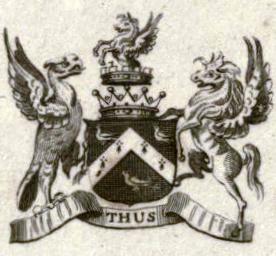|
Cooper Willyams
The Rev. Cooper Willyams (June 1762 – 17 July 1816) was a clergyman and a British artist. Biography Willyams was probably born in Plaistow House in Essex. His father was a commander in the Royal Navy and his maternal grandfather was Captain Samuel Goodere who had been hanged for fratricide. Willyams was in France in 1784 when he also graduated from Emmanuel College, Cambridge. He obtained a master's degree from the same college in 1789 and in 1792 first revealed his artistic skills in ''A History of Sudeley Castle''. In 1793, he enlisted as chaplain on for its journey to the West Indies. In command were Lieutenant-General Sir Charles Grey and Vice Admiral Sir John Jervis. The crew were ravaged by yellow fever but managed to get the French to surrender at Fort St. Charles in Guadeloupe in the following year. Willyams became chaplain to John Jervis, Earl St Vincent in 1797 and the following year chaplain of captained by Benjamin Hallowell Carew, of Nelson's squadron. ''Swif ... [...More Info...] [...Related Items...] OR: [Wikipedia] [Google] [Baidu] |
Russell Square
Russell Square is a large garden square in Bloomsbury, in the London Borough of Camden, built predominantly by the firm of James Burton. It is near the University of London's main buildings and the British Museum. Almost exactly square, to the north is Woburn Place and to the south-east is Southampton Row. Russell Square tube station sits to the north-east. It is named after the surname of the Earls and Dukes of Bedford; the freehold remains with the latter's conservation trusts who have agreed public access and management by Camden Council. The gardens are in the mainstream, initial category (of Grade II listing) on the Register of Historic Parks and Gardens. In 2005, two terrorist bombings occurred nearby; one on a tube train between Kings Cross St Pancras and Russell Square, the other on a bus (Route 30, on diversion) outside the HQ of the British Medical Association on Tavistock Square. In condolence and commemoration the public and public institutions laid flowers at both ... [...More Info...] [...Related Items...] OR: [Wikipedia] [Google] [Baidu] |
Fort St
A fortification is a military construction or building designed for the defense of territories in warfare, and is also used to establish rule in a region during peacetime. The term is derived from Latin ''fortis'' ("strong") and ''facere'' ("to make"). From very early history to modern times, defensive walls have often been necessary for cities to survive in an ever-changing world of invasion and conquest. Some settlements in the Indus Valley civilization were the first small cities to be fortified. In ancient Greece, large stone walls had been built in Mycenaean Greece, such as the ancient site of Mycenae (famous for the huge stone blocks of its 'cyclopean' walls). A Greek '' phrourion'' was a fortified collection of buildings used as a military garrison, and is the equivalent of the Roman castellum or English fortress. These constructions mainly served the purpose of a watch tower, to guard certain roads, passes, and borders. Though smaller than a real fortress, they a ... [...More Info...] [...Related Items...] OR: [Wikipedia] [Google] [Baidu] |
1762 Births
Year 176 ( CLXXVI) was a leap year starting on Sunday (link will display the full calendar) of the Julian calendar. At the time, it was known as the Year of the Consulship of Proculus and Aper (or, less frequently, year 929 ''Ab urbe condita''). The denomination 176 for this year has been used since the early medieval period, when the Anno Domini calendar era became the prevalent method in Europe for naming years. Events By place Roman Empire * November 27 – Emperor Marcus Aurelius grants his son Commodus the rank of ''Imperator'', and makes him Supreme Commander of the Roman legions. * December 23 – Marcus Aurelius and Commodus enter Rome after a campaign north of the Alps, and receive a triumph for their victories over the Germanic tribes. * The Equestrian Statue of Marcus Aurelius is made. It is now kept at Museo Capitolini in Rome (approximate date). Births * Fa Zheng, Chinese nobleman and adviser (d. 220) * Liu Bian, Chinese emperor of the Han Dynasty ( ... [...More Info...] [...Related Items...] OR: [Wikipedia] [Google] [Baidu] |
Stourmouth
Stourmouth is a civil parish in the Dover non-metropolitan district of Kent, England. The parish contains the settlements of East and West Stourmouth, and the hamlet of Plucks Gutter. The 'Stourmouth' name derives from a village that was at the mouth of the River Stour before the Wantsum Channel was cut off from the sea. East Stourmouth is the main population centre, on the B2048 road that bridges the River Stour at Plucks Gutter. It is referred to as 'Stourmouth' on road signs. It has no church, nor any public buildings. The Rising Sun public house was built in 1372 as a bakery, and is today used as the parish polling station for elections. Until the 1970s there was a village post office and bakery. West Stourmouth village is the site of the parish church which dates to Saxon times, but other than a vicarage, West Stourmouth consists of a few scattered farms. See also *All Saints Church, West Stourmouth All Saints Church, West Stourmouth, is a redundant Anglican church i ... [...More Info...] [...Related Items...] OR: [Wikipedia] [Google] [Baidu] |
Kingston, Kent
Kingston is a village and civil parish between Canterbury and Dover in Kent, South East England. The parish contains the hamlet of Marley. History The Kingston Brooch, an important piece of Anglo-Saxon jewellery dating from the 7th Century, was discovered in a Tumulus on Kingston Downs in 1771 by the Reverend Bryan Faussett (1720–1776), then Rector of Kingston. It is 8 cm in diameter, made of gold, with garnet, blue glass and shell settings. It is now on display in the World Museum, Liverpool. Geography The village is centred 5 miles south east of the city centre of Canterbury on the edge of the North Downs in rolling hilly countryside that is an Area of Outstanding Natural Beauty. Religious sites The local church, dedicated to Saint Giles, originated during the 11th century, and is now part of the Barham Downs group of churches. The walls of the nave and about two-thirds of the present chancel are thought to be original, the chancel being extended in the 13th century. ... [...More Info...] [...Related Items...] OR: [Wikipedia] [Google] [Baidu] |
Gibraltar
) , anthem = " God Save the King" , song = " Gibraltar Anthem" , image_map = Gibraltar location in Europe.svg , map_alt = Location of Gibraltar in Europe , map_caption = United Kingdom shown in pale green , mapsize = , image_map2 = Gibraltar map-en-edit2.svg , map_alt2 = Map of Gibraltar , map_caption2 = Map of Gibraltar , mapsize2 = , subdivision_type = Sovereign state , subdivision_name = , established_title = British capture , established_date = 4 August 1704 , established_title2 = , established_date2 = 11 April 1713 , established_title3 = National Day , established_date3 = 10 September 1967 , established_title4 = Accession to EEC , established_date4 = 1 January 1973 , established_title5 = Withdrawal from the EU , established_date5 = 31 January 2020 , official_languages = English , languages_type = Spoken languages , languages = , capital = Westside, Gibraltar (de facto) , coordinates = , largest_settlement_type = largest district , l ... [...More Info...] [...Related Items...] OR: [Wikipedia] [Google] [Baidu] |
Minorca
Menorca or Minorca (from la, Insula Minor, , smaller island, later ''Minorica'') is one of the Balearic Islands located in the Mediterranean Sea belonging to Spain. Its name derives from its size, contrasting it with nearby Majorca. Its capital is Mahón ( ca, Maó), situated on the island's eastern end, although Menorca is not a province and forms a political union with the other islands in the archipelago. Ciutadella de Menorca, Ciutadella and Mahon are the main ports and largest towns. The port of Mahon is the second biggest natural port in the world. Menorca has a population of approximately 93,397 (at 1 January 2019). It is located 39°47' to 40°00'N, 3°52' to 4°24'E. Its highest point, called El Toro (Minorca), El Toro (from Catalan "''turó''" meaning ''hill''), is Above mean sea level, above sea level. History The island is known for its collection of European megalithic culture, megalithic stone monuments: naveta, ''navetes'', taula, ''taules'' and ''talaiots'' ... [...More Info...] [...Related Items...] OR: [Wikipedia] [Google] [Baidu] |
Battle Of The Nile
The Battle of the Nile (also known as the Battle of Aboukir Bay; french: Bataille d'Aboukir) was a major naval battle fought between the British Royal Navy and the Navy of the French Republic at Aboukir Bay on the Mediterranean coast off the Nile Delta of Egypt from the 1st to the 3rd of August 1798. The battle was the climax of a naval campaign that had raged across the Mediterranean during the previous three months, as a large French convoy sailed from Toulon to Alexandria carrying an expeditionary force under General Napoleon Bonaparte. The British fleet was led in the battle by Rear-Admiral Sir Horatio Nelson; they decisively defeated the French under Vice-Admiral François-Paul Brueys d'Aigalliers. Bonaparte sought to invade Egypt as the first step in a campaign against British India, as part of a greater effort to drive Britain out of the French Revolutionary Wars. As Bonaparte's fleet crossed the Mediterranean, it was pursued by a British force under Nelson who had ... [...More Info...] [...Related Items...] OR: [Wikipedia] [Google] [Baidu] |
Horatio Nelson, 1st Viscount Nelson
Vice-Admiral Horatio Nelson, 1st Viscount Nelson, 1st Duke of Bronte (29 September 1758 – 21 October 1805) was a British flag officer in the Royal Navy. His inspirational leadership, grasp of strategy, and unconventional tactics brought about a number of decisive British naval victories during the French Revolutionary and Napoleonic Wars. He is widely regarded as one of the greatest naval commanders in history. Nelson was born into a moderately prosperous Norfolk family and joined the navy through the influence of his uncle, Maurice Suckling, a high-ranking naval officer. Nelson rose rapidly through the ranks and served with leading naval commanders of the period before obtaining his own command at the age of 20, in 1778. He developed a reputation for personal valour and firm grasp of tactics, but suffered periods of illness and unemployment after the end of the American War of Independence. The outbreak of the French Revolutionary Wars allowed Nelson to return to service, ... [...More Info...] [...Related Items...] OR: [Wikipedia] [Google] [Baidu] |
Benjamin Hallowell Carew
Admiral Sir Benjamin Hallowell Carew (born Benjamin Hallowell; ?1 January 1761 – 2 September 1834) was a senior officer in the Royal Navy. He was one of the select group of officers, referred to by Lord Nelson as his " Band of Brothers", who served with him at the Battle of the Nile. Early years Although he is often identified as Canadian, Hallowell's place and exact date of birth have been the subject of dispute among researchers. He was possibly born on 1 January 1761 in Boston, Massachusetts, where his British father, former naval captain Benjamin Hallowell III, was Commissioner of the Board of Customs. His mother, Mary (Boylston) Hallowell, was the daughter of Thomas Boylston, and a first cousin of Susanna Boylston, the mother of the 2nd President of the United States, John Adams, and grandmother of the 6th President, John Quincy Adams. He was a brother of Ward Nicholas Boylston and a nephew of Governor Moses Gill. His father's job exposed Hallowell's Loyalist famil ... [...More Info...] [...Related Items...] OR: [Wikipedia] [Google] [Baidu] |
Earl St Vincent
Viscount St Vincent, of Meaford in the County of Stafford, is a title in the Peerage of the United Kingdom. It was created on 27 April 1801 for the noted naval commander John Jervis, Earl of St Vincent, with remainder to his nephews William Henry Ricketts and Edward Jervis Ricketts successively, and after them to his niece Mary, wife of William Carnegie, 7th Earl of Northesk. He had already been created Baron Jervis, of Meaford in the County of Stafford, and Earl of St Vincent, in the Peerage of Great Britain, on 23 August 1797, with normal remainder to his heirs male. On Lord St Vincent's death in 1823 the barony and earldom became extinct while he was succeeded in the viscountcy according to the special remainder by his nephew, the second viscount. In 1823 he assumed by royal licence the surname of Jervis in lieu of Ricketts. His great-grandson, the fourth viscount, was part of the force that was sent in 1884 to rescue General Gordon at Khartoum, and died from wounds receiv ... [...More Info...] [...Related Items...] OR: [Wikipedia] [Google] [Baidu] |
Guadeloupe
Guadeloupe (; ; gcf, label=Antillean Creole, Gwadloup, ) is an archipelago and overseas department and region of France in the Caribbean. It consists of six inhabited islands—Basse-Terre, Grande-Terre, Marie-Galante, La Désirade, and the two inhabited Îles des Saintes—as well as many uninhabited islands and outcroppings. It is south of Antigua and Barbuda and Montserrat, north of the Commonwealth of Dominica. The region's capital city is Basse-Terre, located on the southern west coast of Basse-Terre Island; however, the most populous city is Les Abymes and the main centre of business is neighbouring Pointe-à-Pitre, both located on Grande-Terre Island. It had a population of 384,239 in 2019.Populations légales 2019: 971 Guadeloupe INSEE Like the other overseas departments, ... [...More Info...] [...Related Items...] OR: [Wikipedia] [Google] [Baidu] |









